Angry Snake! Defence Strategy Demonstration
Dasypeltis scabra, known as the common egg eater, egg-eating snake or rhombic egg eater, is a species of nonvenomous snake endemic to Africa.
It grows to a length of 20–35 inches (51–89 cm), and has almost toothless jaws. Dorsally, it has a series of rhomboidal dark brown spots on a lighter background. There is an alternating series of brown spots on each side. Ventrally it is yellowish, either uniform or with dark dots.
It has been suggested that nonvenomous Dasypeltis scabra is a mimic of venomous Echis carinatus, the saw-scaled viper, which it strongly resembles.
D. scabra also closely resembles Causus rhombeatus, the rhombic night adder. These two species may be distinguished by the shape of the pupil of the eye. Snakes of the genus Dasypeltis have vertical pupils, whereas snakes of the genus Causus have round pupils
Dasypeltis scabra feeds exclusively on eggs. The lining of the mouth has small, parallel ridges, very similar to human fingerprints, which aid in grasping the shell of an egg. Once swallowed, the egg is punctured by specialized vertebral hypapophyses which extend into the esophagus. The shell is then regurgitated in one piece, and its contents passed along to the stomach.
When disturbed, the snake inflates itself, "hisses" by rapidly rubbing together the rough, keeled scales on the side of its body, and strikes with its mouth kept wide open. as you can see on this video.
Filmed in the Sabi Sand Nature Reserve, Greater Kruger National Park, South Africa
Subscribe: https://bit.ly/30a0IRM | Merch: http://teespring.com/stores/robtheranger
Watch the newest videos: https://www.youtube.com/playlist?list=PLLLkJbMHt1booI-NVZ7lZxheEp8UMFRYE
Follow Rob The Ranger:
TWITTER: http://goo.gl/U8IQGf
INSTAGRAM: https://instagram.com/robtheranger
BLOG: http://goo.gl/yJJ3pT
FACEBOOK: http://goo.gl/M8pnJh
OFFICIAL bilibili: https://space.bilibili.com/1427022354
STEEMIT: https://steemit.com/@robtheranger
TUMBLR: http://goo.gl/qF6sNS
TIKTOK: www.tiktok.com/@robtheranger
Watch more videos!
Lions, Lions, And More Lions: https://www.youtube.com/playlist?list=PLLLkJbMHt1bpPTGnTaR798fdsHNJ7ZNGt
African Elephant (Loxodonta africana): https://.youtube.com/playlist?v=qzINZPv7PMc&list=PLLLkJbMHt1bpUo_KWtwJ3ck3Q1-xfMmkh&playnext=1
African Wild Dogs/Painted Wolves: https://youtube.com/playlist?v=DXQc_v5qjS4&list=PLLLkJbMHt1bocK9_hokQ5Z8tpEOukHJnv&playnext =1
Hippo (Hippopotamus amphibius): [https://youtube.com/playlist?v=nDgIt9QF_IM&list=PLLLkJbMHt1bqhsVIGpg5YgS4-prwujiKq&playnext=1
Most Popular: https://www.youtube.com/playlist?list=PLLLkJbMHt1bpQ4T4enPPMkf_5cK26Vouw
About Rob The Ranger Wildlife Videos:
The purpose of the channel is to show what it is like to experience seeing wild animals on an African safari. Nature Documentaries are often highly edited to tell a story, wildlife safaris are not, and the idea here is to show the wildlife sightings the way they were seen. Safari tours in Africa are generally suitable for all ages and this channel can be considered an educational channel about incredible nature, some scenes in the nature videos may be more graphic than people are used to but this is the reality of nature and is what you would see if you were present on such a safari in person. Safaris in Kenya, South Africa, or any other African country are an unrivalled experience for anyone with a passion for nature, wildlife photography, and travel. Hopefully the animal videos on this channel can provide a glimpse into what the nature experience is like and encourage more people to take a wildlife safari one day. Make sure to subscribe and enable ALL notifications!
#africananimals #africanwildlife #africansafari #animalvideos #naturevideos #amazinganimals #worldofwildlife #africawild #africanimals #latestsightings
#africanadventures #naturedocumentary #incrediblenature
-
 1:16
1:16
Rob The Ranger Wildlife Videos
15 years agoHuge Snake Strikes - African Python vs Rob The Ranger
1 -
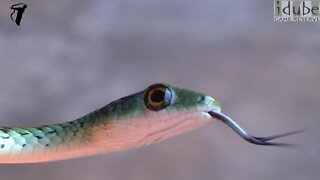 0:14
0:14
Rob The Ranger Wildlife Videos
13 years agoSpotted Bush-Snake (Philothamnus semivariegatus)
6 -
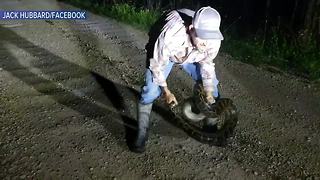 1:00
1:00
WFTS
6 years agoProfessional Python Hunter Helps Man Conquer His Fear Of Snakes
125 -
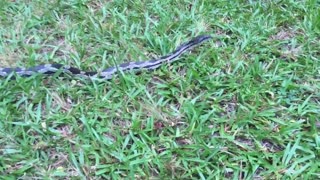 0:36
0:36
ViralHog
8 years ago $3,151.17 earnedAngry Snake Lunges At Woman's Camera After She Touches Its Tail
869K13 -
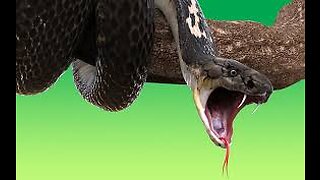 10:31
10:31
Animal Lovers
10 months agoAVOID These 9 Snakes At Any Cost! 🐍- most dangerous, scariest, snakes
221 -
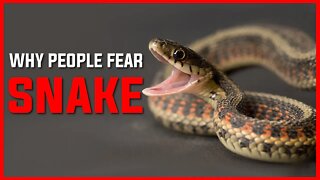 10:13
10:13
ZEEY1
1 year agoWHY DO PEOPLE SCARED OF SNAKE? | SNAKE BITE | SNAKE | ANIMAL
16 -
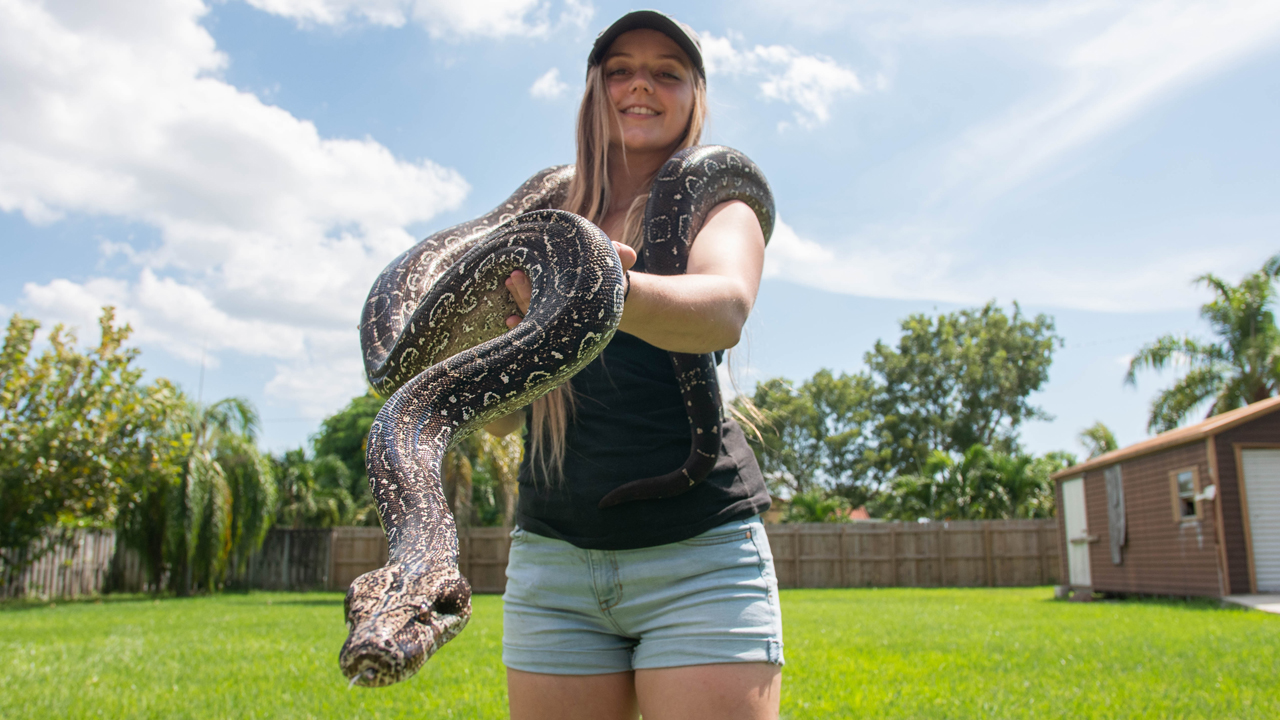 7:17
7:17
Beastly
4 years ago $0.43 earnedSnake Queen Shares Her Home With 70 Reptiles | BEAST BUDDIES
5.56K -
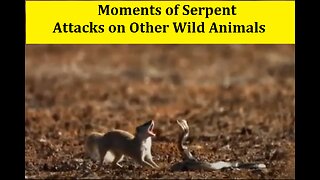 6:00
6:00
sanjeev1983
1 year ago7 Moments of Serpent Attacks on Other Wild Animals
1.34K1 -
 1:34
1:34
SloggerVlogger
5 years agoMale Orangutan Attempts To Bite His Baby's Head
216K4 -
 0:13
0:13
JOliver
9 months agoCoachwhip snake! #snake #wildlife #outdoors #nature #reptiles
167